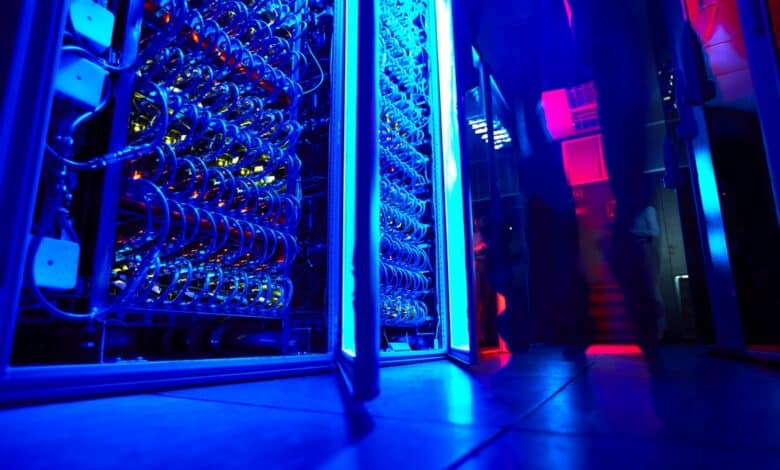
It was not until May 2022 that the USA presented the first supercomputer with a performance of over one exaflop. This performance is to increase exorbitantly in two steps by 2030, with the goal of offering supercomputers with a performance of at least 100 exaflops in eight years.
U.S. Steps Up Pace on Supercomputers
With the “Frontier” supercomputer unveiled in May 2022, the U.S. secured the top spot in the (unofficial) performance leaderboard. The supercomputer can boast a theoretical performance of 1.686 exaflops and a practical performance of 1.102 exaflops. Second place currently goes to Japan, whose supercomputer called Fugaku achieves “only” 442 petaflops.
The U.S. wants to surpass that performance again by 2030, and significantly so, according to a new request for information from the U.S. Department of Energy higher. Here, they are calling on manufacturers of CPUs and GPUs, as well as software vendors, system integrators and many more, to plan, design and develop the next generation of supercomputers.
The first step extends to 2025 and is intended to enable supercomputers that “solve scientific problems 5 to 10 times faster”than current state-of-the-art systems.
In the time frame to 2025, this should result in supercomputers with a performance of 10-20 FP64 exaflops, and even 100 or more FP64 exaflops should be realized by 2030, according to the documents. “That equates to about 8 times more power for systems in 206 and about 64 times more in 2030,” the U.S. Department of Energy said.
Power consumption between 20 and 60 megawatts
With a low power consumption of 20 megawatts in the best case, the supercomputers should also be able to operate more energy efficiently. At peak, however, up to 60 MW should be possible.
To this end, the Energy Ministry hopes that developers will pay greater attention to energy efficiency. It also calls for a focus on modular systems so that future improvements in hardware and software can be implemented more quickly and with less effort.
The goal is to be able to upgrade individual parts of the new generation of supercomputers every 12 to 24 months instead of every 4 to 5 years. Therefore, the developers are asked to show “clear advantages and/or disadvantages of this modular upgrade approach”.




No replies yet
Neue Antworten laden...
Gehört zum Inventar
Beteilige dich an der Diskussion in der Basic Tutorials Community →